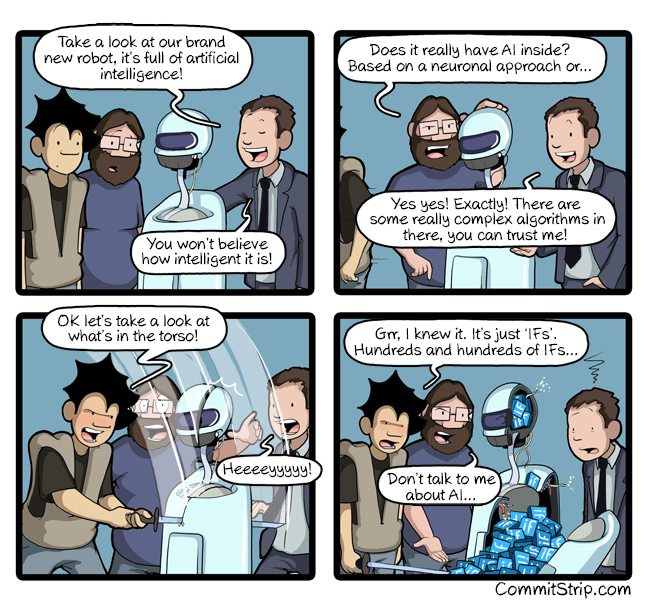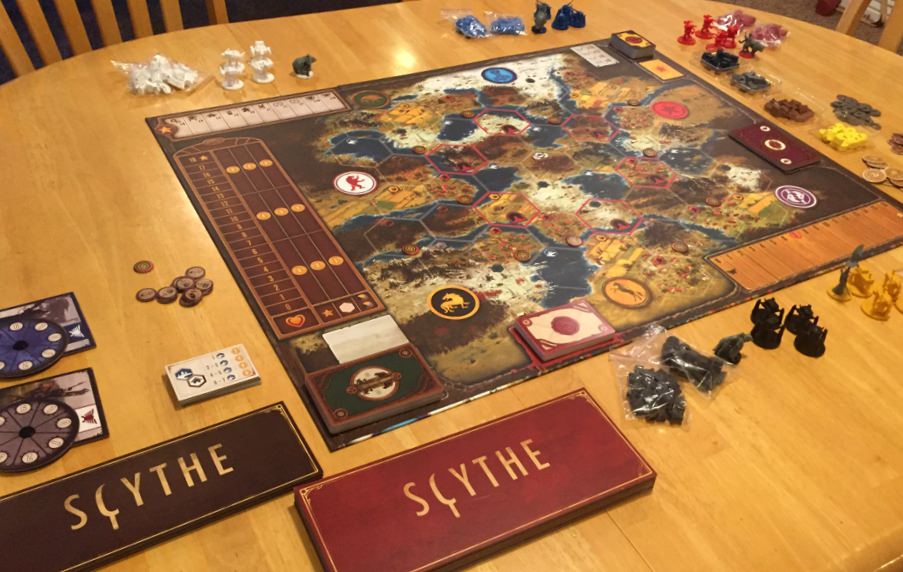Over the past several weeks I have been reporting on various different subjects. The brief was to write a 500 word essay on each subject alongside appropriate sources and research. The first thing I do when exploring the area of interest is take extensive notes in the lecture. I write down core names, companies, locations and other important details. I tend not to write down what was on the slide as it is readily available on Blackboard. The other thing I do is write a list of questions I want to ask. I either ask these in the lecture or search online for them. I try to use a focusing research style where I start on something as broad as Wikipedia and then pull key words from that site. I then google those terms and narrow down my research until I find that I am close to researching something else. I then stop and reflect on what I read. The only thing I wished I had done from the beginning is referencing my sources correctly. By the time I was told the correct way I had already completed most of the essays. Next time I will do that from the very beginning.
I found the areas that interested me most was the lecture on AI and HCI. I particularly enjoyed the level of psychology and the “human element” of both of them. During my research I discovered that AI is more to do with people than computers, which was a revelation to me and as soon as I started thinking of it in that way I found it easier to understand why people are working so hard to create AI’s. I also loved the fact that HCI and AI pair extremely well and I would have loved a question pair combining the two. I really respond to the human elements in things which is why I also enjoyed learning about The Bauhaus. I appreciated the way that artists, craftsmen and designers were pulled together and revolutionised the way we see modern design. I struggled a little with pulling my research into my own words. As I read something that somebody else already wrote it felt a little like I was rewriting what was already said. I tried instead to research first and then type. Once I had finished typing I would re-read the essay whilst reading the research and checked my facts. For every single essay I used OneNote and it was unbelievably useful. The ability to just drag and drop Links, Videos and research into one document is amazing. I think next time I will use a Dictaphone to record audio notes as these can be placed in OneNote.
Overall I enjoyed most of the modules, I feel that I need to practise Harvard referencing a bit more and I also need to build a list of reliable online sources for information. I think my strengths have been my research, when I get a lead on a subject I find it very easy to follow up on it and learn more information.
Sources
https://www.interaction-design.org/literature/book/gamification-at-work-designing-engaging-business-software/chapter-11-58-curated-list-of-research-techniques


